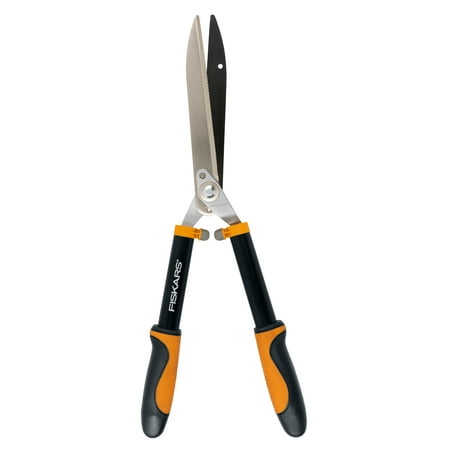When and how to prune rambling roses from late summer – for healthy plants and abundant blooms next year
Pruning your rambling roses at the right time will rejuvenate these vigorous flowering plants
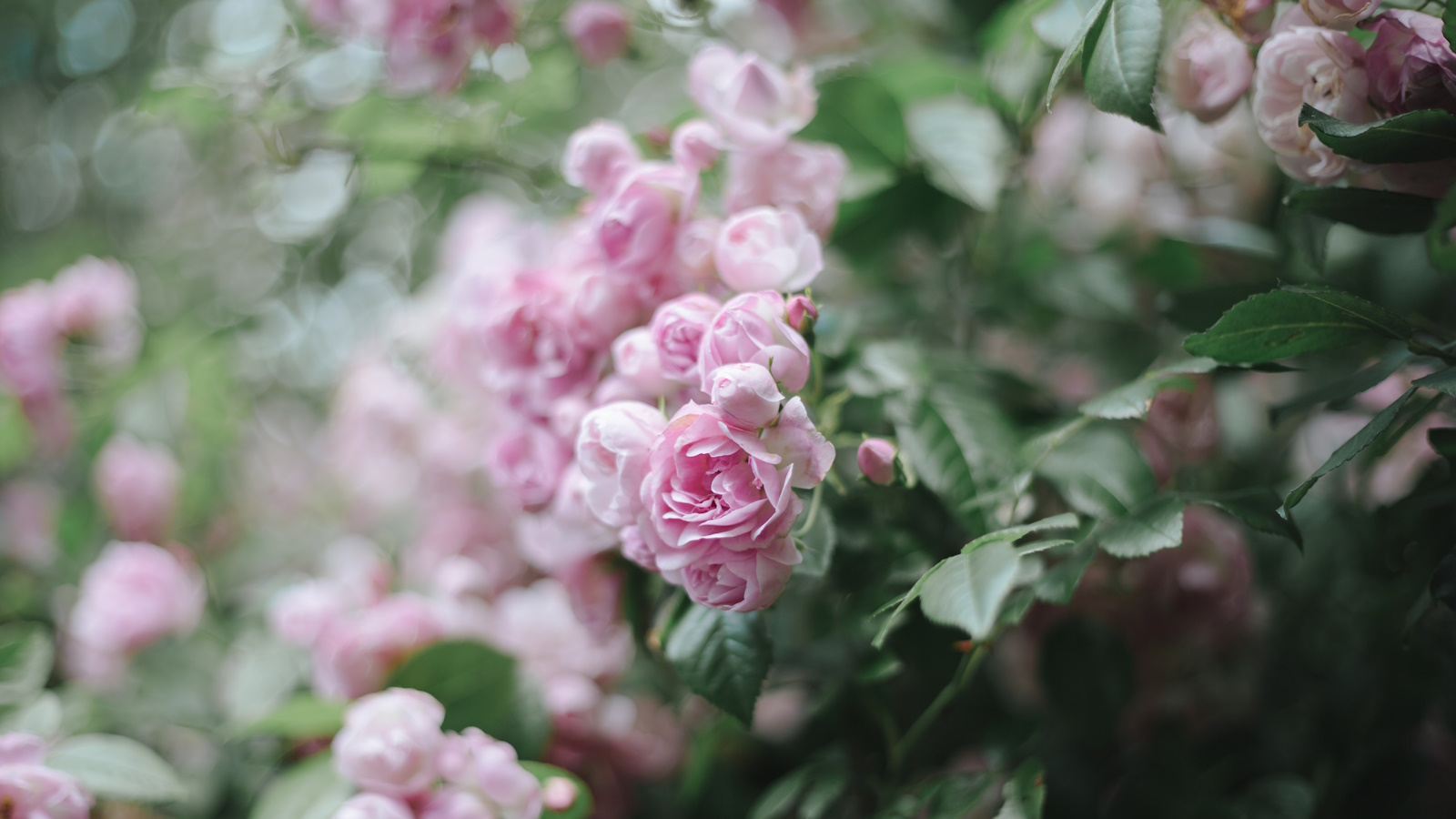

Pruning your rambling roses at the right time is important. If left alone for many years, they can produce vigorous, leggy, and messy growth. While this can look charming when growing through a mature tree or tumbling over a cottage garden wall, without regular pruning, rambling roses will quickly become unmanageable.
Towards the end of summer, when rose petals fade and fall, it is time to start thinking about pruning your rambling roses. Doing so at the right time and in the right way will ensure that your plants thrive, look their best, and - crucially - produce plenty of blooms next year.
As a former professional gardener, working in both the UK and Italy, I have cared for many different species of rose, including shrub, miniature, floribunda and rambling. There is nothing better, I think, than spotting a tumbling profusion of rose blooms during the summer. Yet, flowering displays are determined by you, the gardener, and so knowing how to prune roses and when to take decisive action is crucial. Here, I share all I know to help you prune your rambling roses.

How to prune rambling roses
Rambling - or rambler - roses are often thought of as climbing roses. While they do climb and vine, rambling roses are different from most climbing species in that they are not repeat flowering, blooming only once between June and August. Most rambling roses can be grown from US hardiness zone 5 to US hardiness zone 10, and so long as they enjoy six hours or more of sunshine, they will thrive. These tough, resilient plants can, however, produce vigorous growth, so pruning every year is vital if you want to keep your rose under control.
When is the right time to prune rambling roses

Pruning at the wrong time is a common rose pruning mistake that can damage the health of your plant. The pruning of rambling roses should always take place after flowering, usually around late summer to early fall.
For any routine rose care maintenance, such as trimming a few stems, tidying your plant, and retraining it, consider rambling roses as plants to prune in September, October, or even November. Any significant restoration can be left until later in the fall or winter, as it is much easier to do this when your plant has dropped all of its leaves.
You may notice that this is different when compared with how you might prune climbing roses, which are trimmed slightly later in winter and early spring. All roses have different pruning requirements, so always consider the best time for your specific rose species before reaching for the garden tools.
Pruning in late summer and fall is advisable for rambling roses as, at this point, they have finished flowering for the year, and will not bloom again until next summer. Remember that rambling roses produce buds on new, fresh growth, so trimming old stems at this stage will not impact flower production for the following year.
If you have a young or newly planted rambling rose, it is unnecessary to prune it. Allow your rose to grow freely for the first two years without any pruning. During this time, your rose will establish roots and settle into your yard, and there shouldn't be any need to tame it (just yet).
For larger, older rambling roses that have been in your yard for more than a few years, however, annual pruning is an important task, and one that I always add to my winter or fall gardening checklist.
For larger specimens, I would suggest waiting until December to complete heavy pruning, as this will be much easier when all the foliage has dropped. What's more, you give wildlife a little extra time to feed on the attractive rose hips that emerge following flowering.
Tools you will need to prune rambling roses
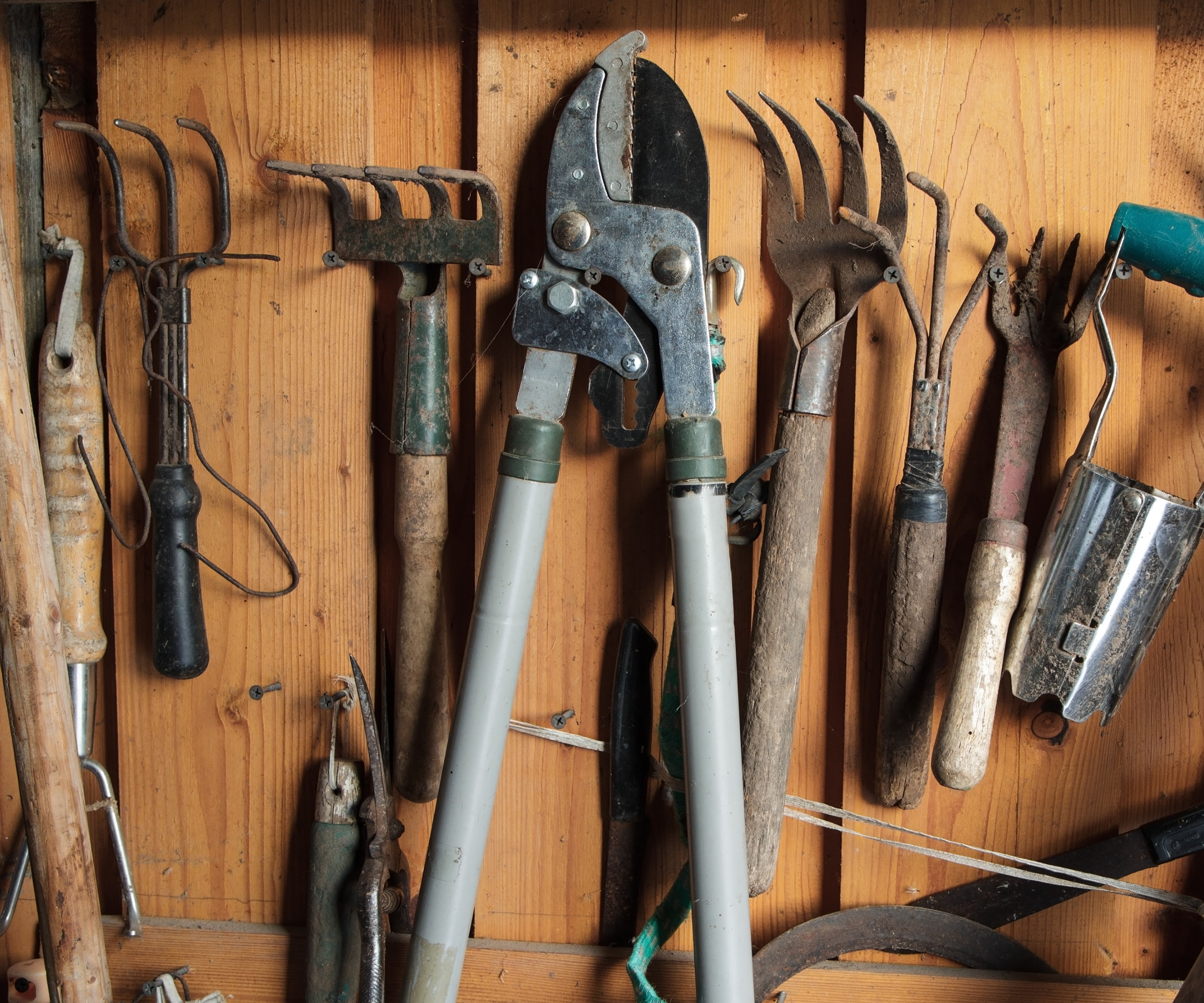
There are a few essential garden tools that you will need when pruning rambling roses. What you require will depend on the condition (and size) of your rose.
For larger rambling roses, it is a good idea to invest in a strong, sturdy ladder. Telescopic ladders, available from Walmart, are a good investment, as you can easily fold them down and store them in the garden shed or even indoors when not in use.
For thicker stems, if you are carrying out some significant restorative pruning for an older rose, you might need to invest in some heavy-duty loppers, or perhaps a pruning saw, which will easily slice through chunky stems.
You might already have a trusted pair of shears or secateurs that are ready and waiting in your tool shed. However, if you fancy investing in something new, consider purchasing Japanese gardening tools. I have used Japanese pruners for several years now and can testify to their effectiveness.
Try these Okatsune pruners, available from Amazon, with unique red and white handles that will help you quickly identify them if they somehow find their way into your tub trug or buried in your borders... not that this has ever happened to me.
Finally, a good pair of gardening gloves (preferably that are thorn-resilient) will help to protect your hands.
Routine pruning of rambling roses

I always find it helpful to take a step back and observe your rose. Ask yourself, what are you trying to achieve?
Before reaching for the pruning shears, it is a good idea to have a plan of what you want to cut and what you want to keep. Once you have an idea of the shape you want, or where you would like the rose to grow (and where not), you are ready to begin:
- Cut back any damaged, broken, diseased stems down to the base or a leaf node.
- Defoliage (remove any leaves that remain) and trim any side shoots back to about six inches from these thicker stems, ensuring that there remains one or two leaf nodes on each shoot.
- Then, tie in these thick stems in the direction or shape you want. Old stems can be thick and strong, so you might need to double or triple-tie them with garden twine.
- While it can feel cruel, this is the time to remove less strong growth. I tend to cut anything that has a stem smaller than pencil-size, which will help to reduce congestion and encourage plenty of new, vigorous growth in the spring.
- Cut up any rose stems and gather all leaves into a garden waste sack. This can be cut up and added to your compost heap, although any diseased plant material should be added to your green waste collection and taken away.
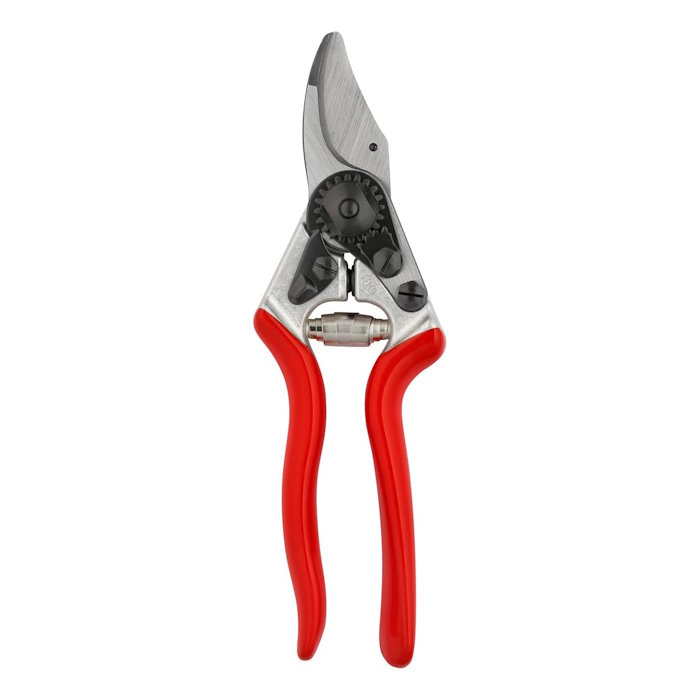
These Felco pruning shears have hardened blades for effortless trimming in your yard, making light work of tough rose pruning jobs.
Reviving old and messy rambling roses

For any rambling roses that require serious attention, it is best to prune in December or January, as it will be much easier to see what you are doing when all the leaves have fallen.
'I recently moved house and in our front yard we are lucky to have a large, if unruly, rambling rose,' says Rachel Bull, Head of Gardens at Homes & Gardens. 'Seeing the clusters of white flowers adorning an established large conifer tree was wonderful, but I knew we needed to take action if we wanted to keep this beautiful rambling rose in good shape, or risk losing it.
'So, in winter last year, I reached for the tools and took action,' Rachel continues. 'Restorative pruning can feel destructive, but it is very much a be-cruel-to-be-kind situation.'
As Rachel says, while pruning an old rambling rose can feel self-defeating, it is better to do so in a controlled and correct way, which will encourage new growth. If you fail to do so, you risk losing your plant, as leggy, weighty and woody stems can snap in high winds or during a storm.
Rambling roses are tough, resilient plants, so do not be afraid to prune. Once you have gathered the courage to do so, there are a few steps to follow:
- Select three to seven healthy, old stems to keep. All other stems should be cut to the base or just above a leaf node. For older, thicker stems, you may require loppers or a pruning saw, available from Amazon, for this. Be careful, as these saws can be incredibly sharp.
- For the stems you want to keep, it is good to minimize their height, or at least contain them where you want them to grow. If growing through a mature tree, for example, it is a good idea to bring the height down to the first branch, to encourage blooming lower down on your plant.
- Next, remove any dead and diseased stems and any weak shoots that have a smaller radius than that of a pencil or pen.
- Shorten any side shoots on the remaining branches by one-half, which will encourage new, bushy horizontal growth.
- Finally, tie in your remaining branches using supports, twine or wire. You can create unique fan shapes or swirling patterns, which can look particularly good in winter when the garden is void of color. Alternatively, reattach your rose to a structure or mature tree, just be sure to provide plenty of support for the windy fall and winter months.

Rachel is a gardening editor, flower grower and floral designer. Her journalism career began on Country Living magazine, sparking a love of container gardening and wild planting. After more than a decade writing for and editing a range of consumer, business and special interest titles, Rachel became editor of floral art magazine The Flower Arranger. She then trained and worked as a floral designer and stylist in London for six years, before joining the Homes & Gardens team.
FAQs
I have a small yard and I want to grow roses - should I grow a rambling rose?
Rambling roses, while beautiful, can quickly get out of control and dominate your plot. While it would not be impossible to grow and maintain a rambling rose in a small yard, this might become a time-consuming full-time job.
'Consider instead learning how to grow floribunda roses,' says Robin Jennings, rose expert and Manager of Strategic Partnerships at Heirloom Roses. 'Floribunda roses are much more compact, tough and can be grown in most areas.'
As Robin says, for smaller spaces, growing other species and varieties of rose would be a better idea. Floribunda roses typically grow no more than six feet in height and will flower prolifically. 'Just remember,' Robin adds, 'most roses need at least six hours of sun, and the more sun you give your rose, the more blooms it will produce.'
Floribunda roses, available from Walmart, come in all different colors and patterns, try the 'Purple Tiger' variety if you are looking for something unusual, with white and purple markings making for striking blooms.

Robin Jennings, a city girl from Canada, discovered her passion for gardening in the farmland of Oregon's Willamette Valley. Robin works for Heirloom Roses, where she collaborates with hybridizers to promote the beauty of own-root roses and preserve older varieties.
When is it too late to prune rambling roses?
Rambling roses bloom on new growth (or the current year's growth). For this reason, it is too late to prune roses anytime after mid-winter, as your plant will then begin to produce shoots and buds for the year ahead. If you prune anytime after January or February, you risk damaging and disrupting your flower display. If you are anything like me, you will want to apply a slightly risk-averse approach to gardening, so pruning before January is preferable.
After pruning, it is a good idea to mulch your rose plants. I tend to prefer doing this in the winter months, once all the beds are cleared of perennials and weeding has stopped for the year. Mulching will feed the soil, improve soil health, and help to nourish your roses, often eliminating the need for fertilizing.
Sign up to the Homes & Gardens newsletter
Design expertise in your inbox – from inspiring decorating ideas and beautiful celebrity homes to practical gardening advice and shopping round-ups.

Thomas is a Content Editor within the Gardens Team at Homes and Gardens. He has worked as a professional gardener for both public spaces and private estates, specializing in productive gardening, growing food and flowers. Trained in Horticulture at the Garden Museum, he has written on gardening and garden history for various publications, including The English Garden, Gardens Illustrated, Hortus, The London Gardener and Bloom. He has co-authored a Lonely Planet travel book, The Tree Atlas, due out in 2024.
-
 Want to make your home look more charming? These 4 Benjamin Moore exterior shades will up your curb appeal
Want to make your home look more charming? These 4 Benjamin Moore exterior shades will up your curb appealIf you're on the prowl for a new shade to try for the outside of your home, Benjamin Moore has unveiled its most 'charming' colors
By Sophia Pouget de St Victor
-
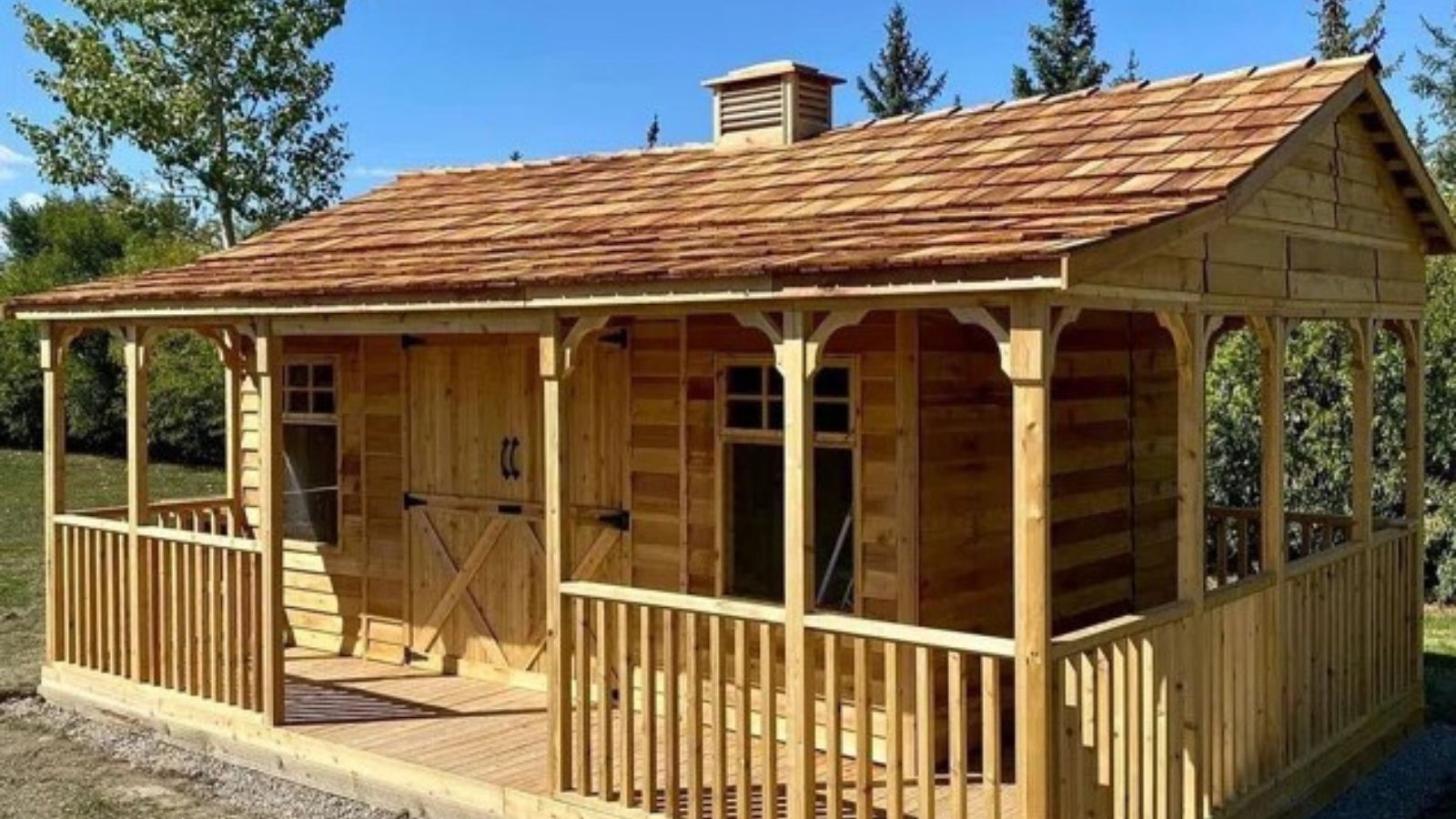 There's a rustic cottage hiding on Wayfair – it may seem unorthodox, but this tiny home taps into a growing nomadic trend (and it's under $16K)
There's a rustic cottage hiding on Wayfair – it may seem unorthodox, but this tiny home taps into a growing nomadic trend (and it's under $16K)This 'wonderful' wooden farmhouse perfects a growing trend that's changing how we see our homes – it's tiny, but somehow, it doesn't sacrifice comfort
By Megan Slack
-
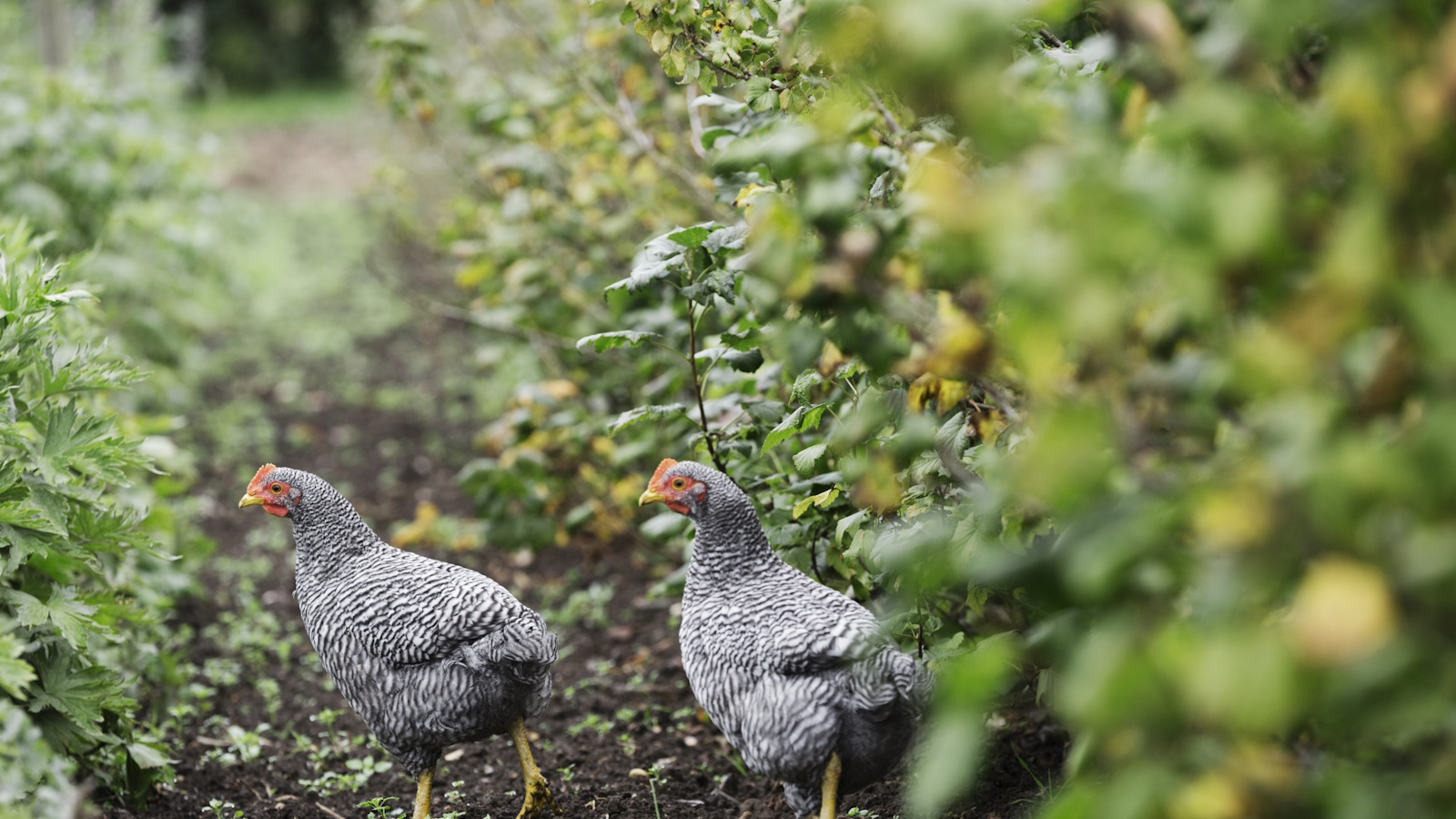 Best plants for a chicken run – 7 fragrant and floral plants for happy hens and beautiful coops
Best plants for a chicken run – 7 fragrant and floral plants for happy hens and beautiful coopsYour chicken run can be every bit as beautiful as your own garden, so long as you do your research first
By Kayleigh Dray
-
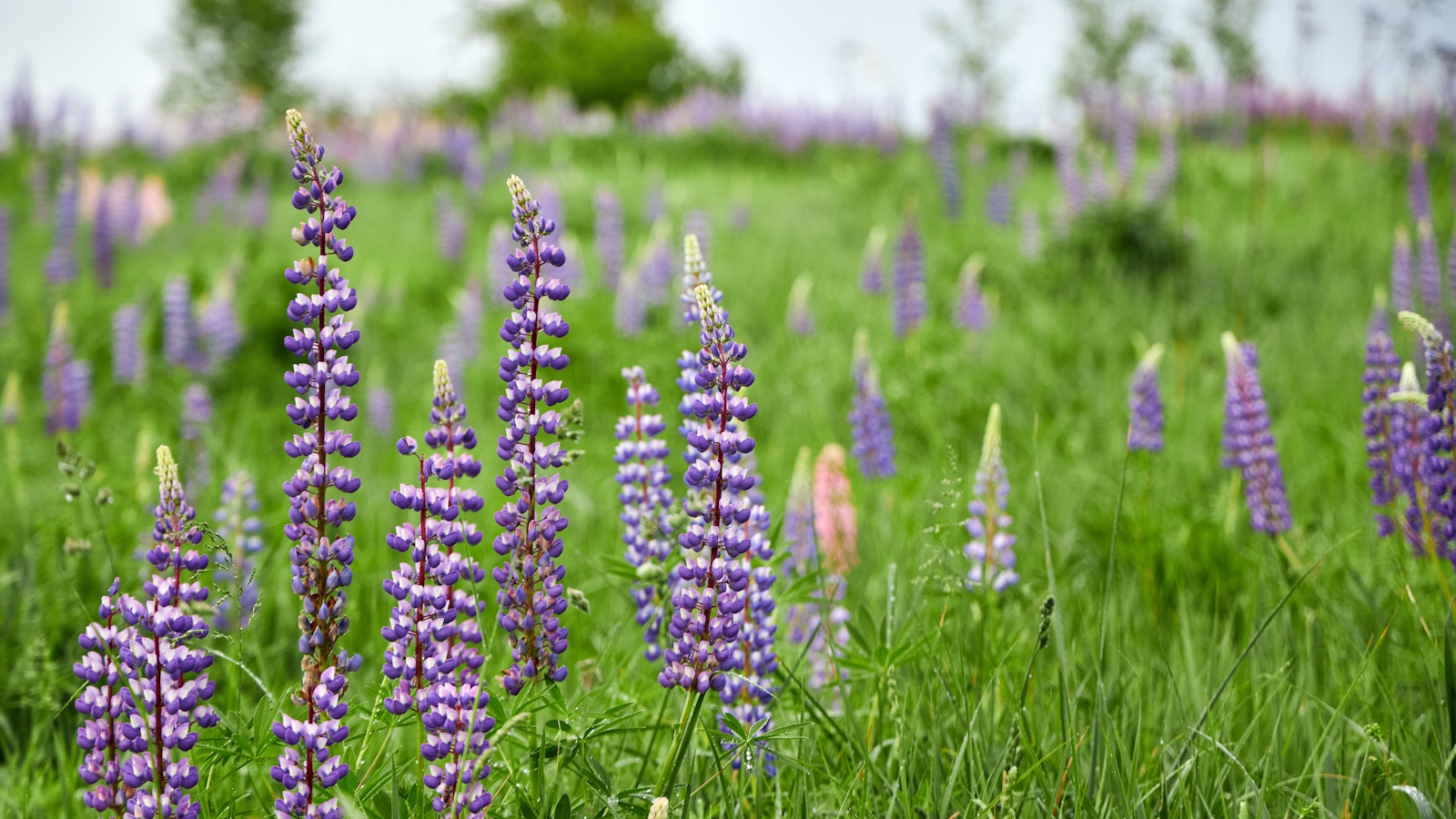 How to grow lupine – expert advice on growing this dramatic and vibrant cottage garden flower
How to grow lupine – expert advice on growing this dramatic and vibrant cottage garden flowerVibrantly colored flower stalks make swathes of lupines a sight to see in meadows and cut flower gardens alike
By Ellen Wells
-
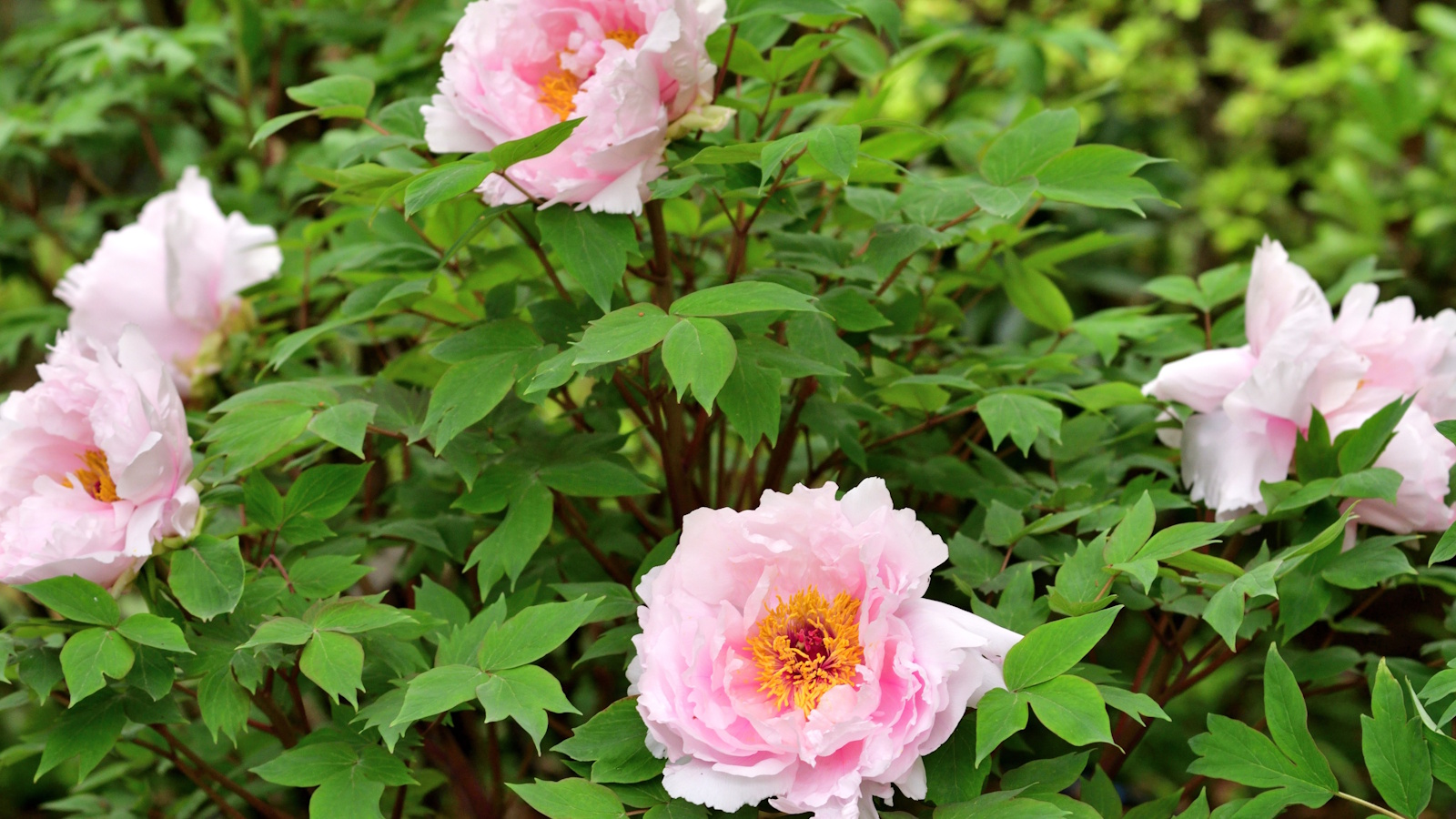 How to grow tree peonies in pots – for a show-stopping shrub that will thrive in partially shaded yards
How to grow tree peonies in pots – for a show-stopping shrub that will thrive in partially shaded yardsWith large, saucer-like blooms, tree peonies are the ultimate flowering shrub
By Thomas Rutter
-
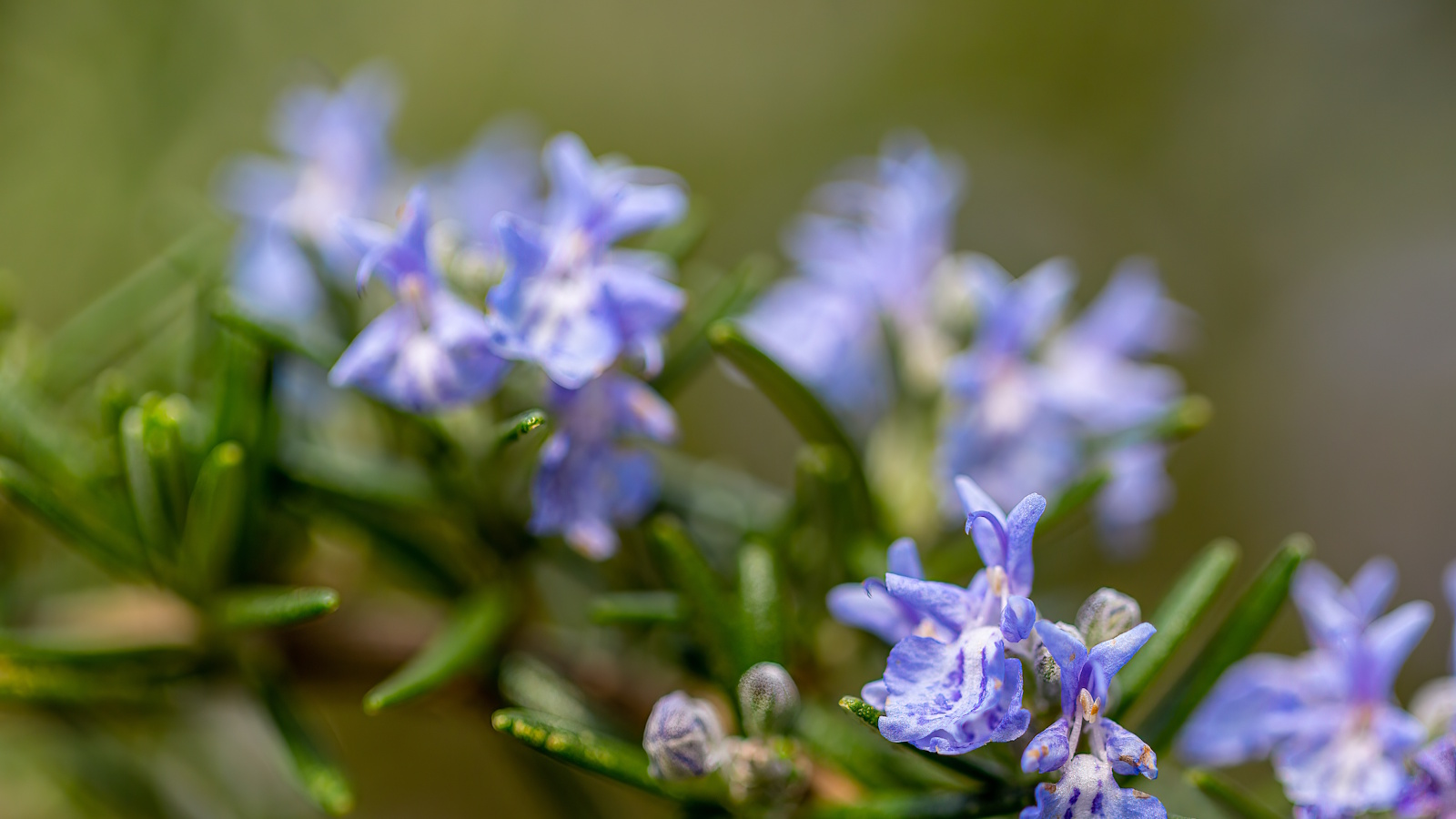 Can you revive woody rosemary plants? Expert pruning advice from a professional gardener to save old, leggy herbs
Can you revive woody rosemary plants? Expert pruning advice from a professional gardener to save old, leggy herbsWith the right pruning approach, old and woody rosemary plants can be brought back to life
By Thomas Rutter
-
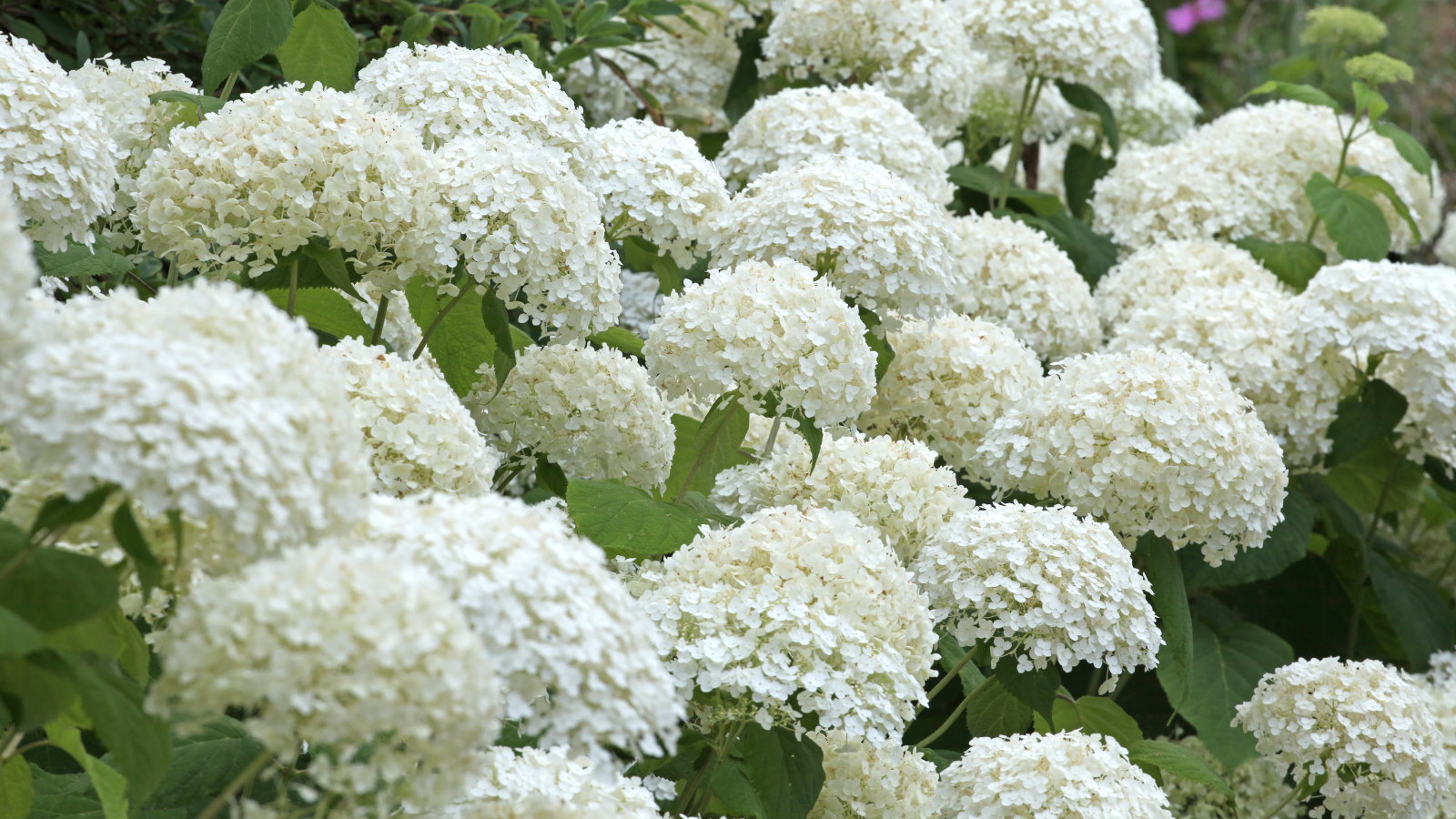 Your hydrangeas will flourish with bigger blooms and healthier growth thanks to this 1 natural material that is easy to use
Your hydrangeas will flourish with bigger blooms and healthier growth thanks to this 1 natural material that is easy to useDiscover why you should be using leaf mold to mulch hydrangeas
By Drew Swainston
-
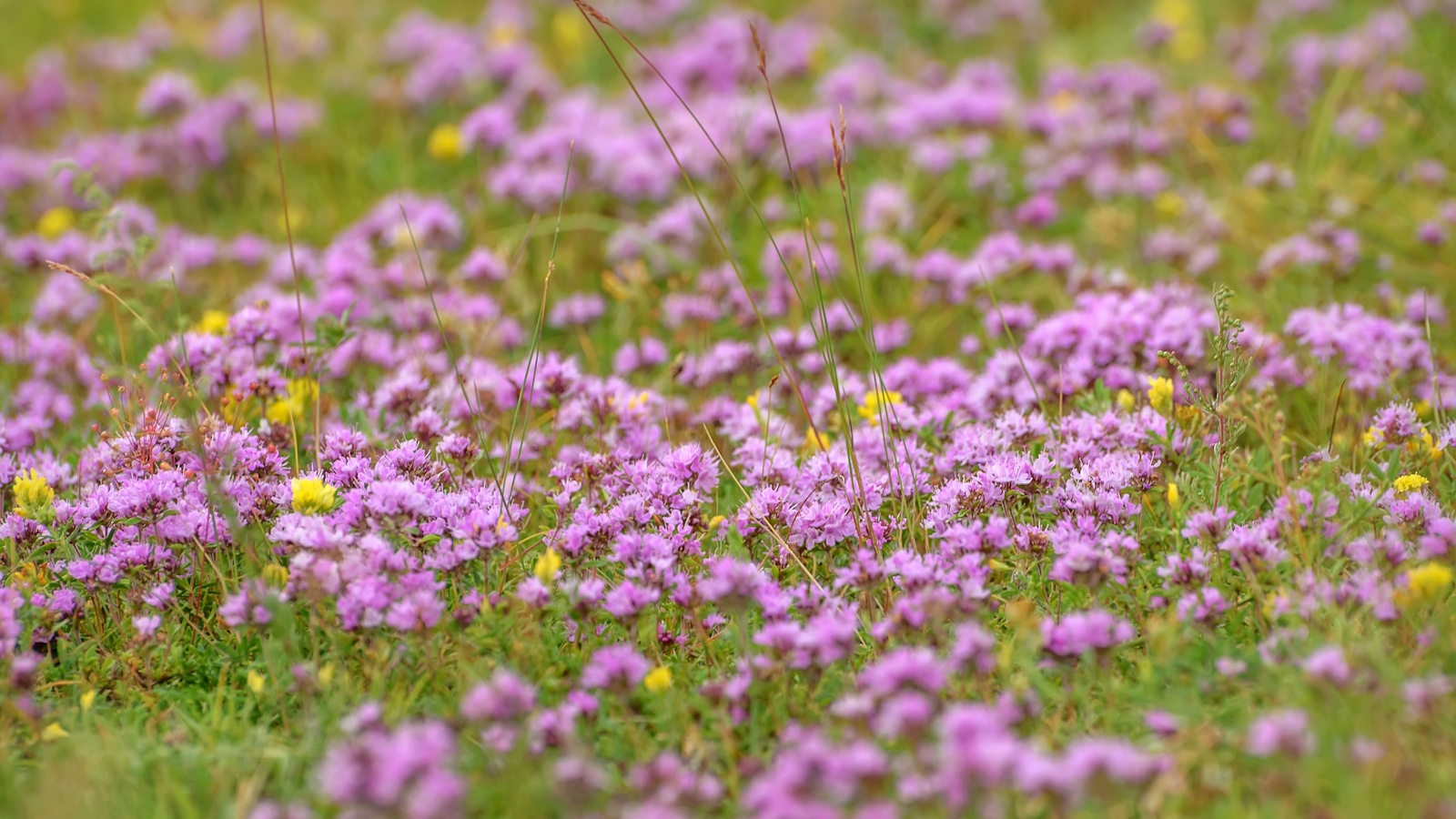 5 fast-growing tiny flowers – expert recommendations to fill your pots and borders with color in record time
5 fast-growing tiny flowers – expert recommendations to fill your pots and borders with color in record timeThese fast-growing tiny flowers prove that miniature can also be marvelous
By Thomas Rutter
-
 How to grow sassafras – for a low-maintenance native tree that can even be planted in shady yards
How to grow sassafras – for a low-maintenance native tree that can even be planted in shady yardsFor an easy-to-grow North American tree, you will not find much better than sassafras
By Thomas Rutter
-
 How to grow crepe myrtle in pots – and transform even the smallest of yards with dazzling flowers this summer
How to grow crepe myrtle in pots – and transform even the smallest of yards with dazzling flowers this summerGrowing crepe myrtles in pots will inject splashes of brilliant color into your outside space
By Thomas Rutter

